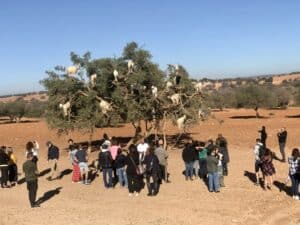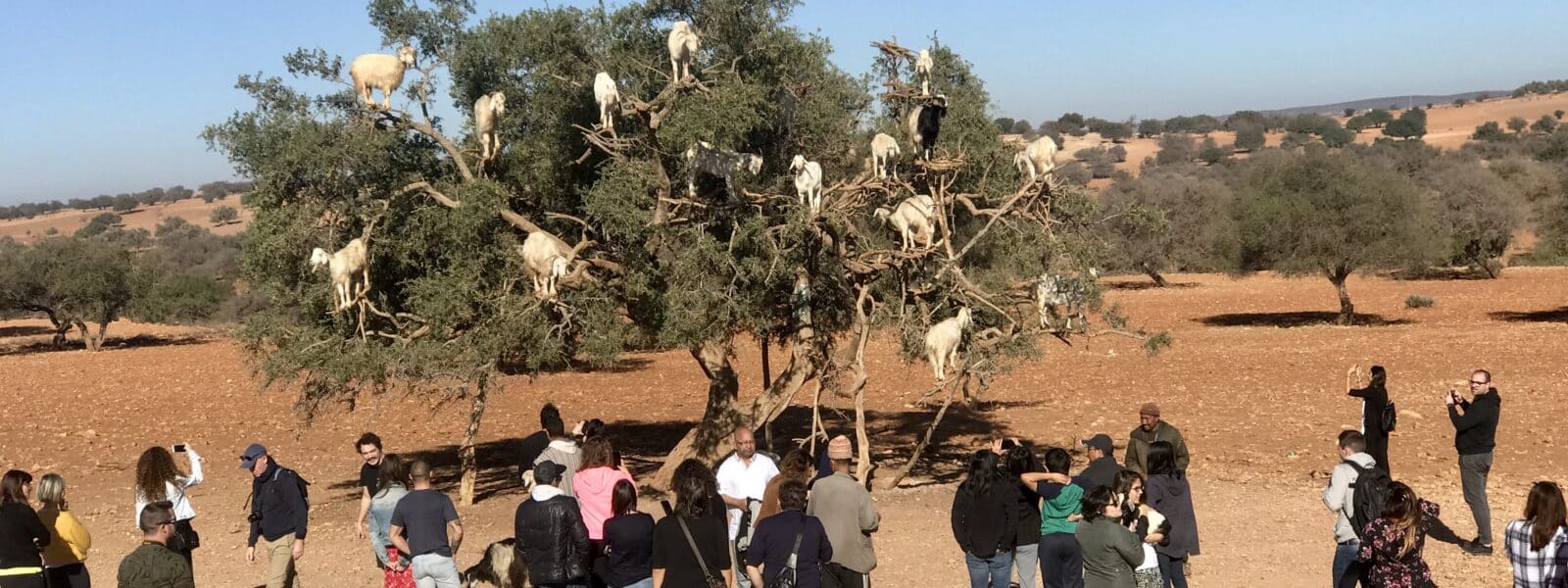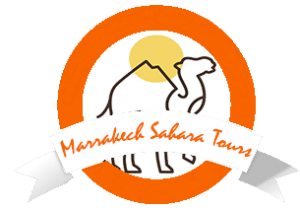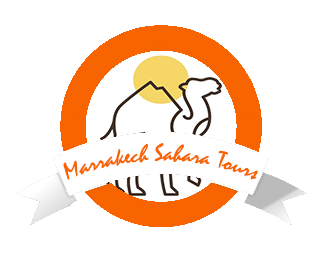Why is Argan Oil So Expensive and Hard to Find? A Deep Dive into the Rare Moroccan Beauty Elixir
Argan oil has rapidly grown in popularity in recent years as a coveted cosmetic ingredient known as “liquid gold” for its myriad skin and hair benefits. This luxury oil, used in high-end skincare and hair care products, often comes with a steep price tag. But what exactly accounts for argan oil’s expensive price point compared to other botanical oils on the market?
Where Argan Trees Grow in Morocco
Argan oil is derived from the kernels of the argan tree (Argania spinosa), a thorny evergreen endemic to the southwest of Morocco. Argan trees grow exclusively in the Arganeraie Biosphere Reserve, a UNESCO-protected region spanning over 800,000 hectares from Essaouira to Agadir along the Atlantic coast. This semi-arid coastal climate zone, with its dry, hot summers and mild winters, offers the precise conditions these trees need to thrive.
Argan trees require sandy soil and sparse rainfall ranging from 100 to 200mm annually in order to successfully grow and produce their prized fruit. Attempts to cultivate argan trees in other parts of Morocco or arid regions like Israel, Spain, and Australia have thus far failed since the trees rely so heavily on the specific climate found only in this region. The sandy soils act as a water reservoir that the trees can pull moisture from during dry periods while also draining fast so the roots don’t rot. And the low annual precipitation provides just enough water for growth without excess rainfall that would foster fungal diseases.
This narrow set of requirements restricts the Arganeraie Biosphere Reserve as the only place on Earth argan trees grow successfully. Within Morocco, argan trees once inhabited northern areas as well but gradually retreated over thousands of years after climate shifts. Now the distribution stands at around 871,000 hectares providing the unique habitat conditions to sustain argan trees.
What Makes the Argan Tree Unique?
 The argan tree belongs to the Sapotaceae family and is the only species within the Argania genus, making it a rare and distinctive plant. The thick trunk and wide umbrella-shaped canopy give the trees a distinct appearance. While many plants common in this part of Morocco have adapted to drought conditions by shedding leaves, argan trees maintain their leaves year-round. The trees also produce a yellow fruit resembling a small peach or olive, which contains the valued argan nuts.
The argan tree belongs to the Sapotaceae family and is the only species within the Argania genus, making it a rare and distinctive plant. The thick trunk and wide umbrella-shaped canopy give the trees a distinct appearance. While many plants common in this part of Morocco have adapted to drought conditions by shedding leaves, argan trees maintain their leaves year-round. The trees also produce a yellow fruit resembling a small peach or olive, which contains the valued argan nuts.
These nutrient-rich nuts encased in a hard shell contain one to three argan kernels which are cold-pressed to extract the cosmetic oil so prized for skincare. An additional challenge of cultivating argan is that local goats often climb the thorny trees to eat the fruit, making manual harvesting more difficult. The goats pose threats to the argan trees including hindering fruit production, limiting new shoot growth, and contributing to soil erosion.
Fun Fact: The word “argan” is derived from the Arabic word “argane” translating to “tree goat” since goats are known to climb them.
Why Argan Oil is Only Found in Morocco
The argan tree is an ancient species native only to the Arganeraie region of Morocco that likely existed during warmer periods of the Tertiary age over 2.6 million years ago. Fossils records indicate the trees once grew across North Africa. But argan trees gradually retreated from their former wide habitat range over thousands of years after climate shifts at the start of Quaternary period. The trees only managed to survive in the Arganeraie region nestled along Morocco’s southwestern coast due to this area harboring suitable conditions.
Attempts since the mid 20th century to introduce argan trees through agricultural expansion projects outside the Arganeraie zone within Morocco as well as arid regions in Israel, Spain, Mexico and Australia have so far proven unsuccessful. The challenges standing in the way of successfully growing argan trees long-term in new global locations include:
Difficulty Cultivating Argan Trees Outside Native Region
- Different soil compositions lacking the sandy texture with optimal drainage argan trees rely on
- Unsuitable temperature swings both day-to-night and seasonally
- Deviations from low annual rainfall patterns trees evolved to expect
- Inability to develop symbiotic relationships with native soil fungi essential for growth
- Vulnerability to diseases, fungi, and pests native to new region
The Moroccan government also maintains tight controls over the argan oil trade by prohibiting the export of live seeds or saplings under a 2014 law. This act to classify the argan trees as a protected species by requiring specific government permissions aims to shield Morocco’s “white gold” — as argan oil is known — from potential biopiracy. Restricting propagation materials allows Morocco to fully control global production levels as the sole native source.
While expansion initiatives and legal obstacles have hampered efforts to grow argan trees viably outside southwestern Morocco thus far, ambitious projects funded by international investors are still attempting to launch large argan plantations in locations like the Dakhla region. Advances in agroforestry techniques that optimize water management coupled with patented genetically strong saplings may yet overcome the challenges that doomed previous introduction attempts. But even the most successful cultivation externals face limitations without the native symbiotic soil fungi essential for the trees to truly thrive long-term.
The Intensive Labor Behind Argan Oil Production
Producing argan oil remains a labor-intensive and low-tech process conducted primarily by hand. Attempts to mechanize and modernize workflows using machines like mechanical nut crackers and expellers struggle to match the quality and efficiency of manual methods. So the vast majority of argan oil continues to be painstakingly made through traditional techniques.
Argan fruit is harvested from trees then transported to women’s cooperatives where the kernels are extracted and pressed by hand to extract the nutty, aromatic oil so highly coveted. The hard outer pulp is first removed, then the inner shell is cracked between stones to remove the kernels. Cracking through these tough shells requires precision and skill to extract the small kernels whole rather than shattering them into fragments. The women manipulate the stones and shells in unique rhythmic patterns passed down through generations.
Once removed whole, the kernels are then cold-pressed to extract the precious oil. This ancient pressing process involves grinding kernels into a thick brown paste that is then kneaded by hand to coax out the liquid oil. Modern metal presses have been introduced in some facilities to press larger batches more efficiently while maintaining cold-pressing standards. However kernel extraction rates by hand are still typically capped at about 50 lbs per person per day. And oil pressing efficiency hovers around 85% recovery even with modern equipment.
Coupled with fruit yield limitations from each tree, this manual production process places hard constraints on annual oil output regardless of market demand. Expanding production substantially would require huge labor forces along each stage of harvesting, shelling, grinding, kneading, and pressing. Though increasing modernization may provide opportunities to sustainably elevate yields to an extent, handcrafting traditional argan oil still reigns supreme.
Limited Supply Struggles to Meet Growing Global Demand
High global demand for argan oil in recent years has stretched the supply chains of Moroccan women’s cooperatives thin. An estimated 600 tonnes of argan oil was produced in 2013 from around 2.5 million individual trees according to sector experts. Just eight years later in 2021, an estimated 1200 tonnes of argan oil was sold – double prior output – according to the National Federation of Argan Oil Cooperatives. Yet global demand projections predict over 4500 tonnes will be needed annually by 2040.
This recent massive surge in popularity came after celebrity endorsements from famous models, TV personalities and pop icons flashed argan oil in the public eye. And argan oil’s incorporation as a key ingredient in over 300 new high-end cosmetic product launches annually enabled wider mainstream use in skincare, haircare, and makeup items by marquee cosmetics brands. Everyone wanted a piece of the liquid gold after it gained the aura as a rare, prestigious oil sourced from a protected UNESCO biosphere. But supply struggled to scale adequately to meet the rapidly rising global appetite.
And since existing trees are essentially tapped out in how much fruit they can realistically yield sustainably under current cultivation methods, production cannot easily expand any further in the near future. Argan oil cooperatives are actively exploring innovative ethical ways to elevate quantity and quality, such as methods to boost fruit production through grafting infant trees and managing goat grazing more strategically. But huge gains remain unlikely given argan oil production is intrinsically capped by Mother Nature herself.
Annual Global Argan Oil Production vs. Demand Forecast
| Year | Production (tonnes) | Demand (tonnes) |
|---|---|---|
| 2013 | 600 | 1450 |
| 2021 | 1200 | 3700 |
| 2040 | 1600 (projected) | 4500 (projected) |
Breaking Down Argan Oil Pricing: Are Consumers Being Overcharged?
The various costs along the production pipeline account for why pure cosmetic-grade argan oil and products containing it command such premium pricing compared to more common carrier oils. From an artisanal production process done mainly through women’s collectives in remote rural areas to exporting from the port of Agadir, argan oil cannot be produced cheaply on a commercial scale.
Additionally, as global awareness and popularity continue rising faster than supply, high demand enables brands to charge more for this oil often perceived as ultra-rare and exclusive. Argan oil carries strong luxury associations as a coveted oil sourced from inside a protected UNESCO biosphere reserve. And although prices fluctuate based on grade, cooperatives, and merchants, a 4 oz bottle of traditional pure argan oil still retails on average between $40 to $60. Even lower-priced argan oil is sold at roughly six to nine times more than conventional olive, jojoba or almond oils.
Typical Price Comparison – Ounce for Ounce
| Oil Type | Average Price Per Ounce |
|---|---|
| Argan Oil | $12-$18 |
| Jojoba Oil | $2 |
| Sweet Almond Oil | $1 |
| Olive Oil | $0.60 |
| Grapeseed Oil | $0.20 |
So are customers getting ripped off paying top dollar for “liquid gold”? Or does argan oil warrant its stratospheric price tag?
The pricing breakdown illustrates that consumers overwhelmingly view argan as an ultra-premium luxury product and seem willing to pay inflated prices whether using the oil directly or within additive-laden skincare items. The seductive backstory of argan oil production empowering oppressed Berber women and the oil’s skin-enhancing antioxidant richness stokes consumer desire despite the cost. Brands additionally market their bottles as sourced from virgin oil of the highest quality and rarest grade for maximum appeal. So the value perception enables retailers to command prices 20-30 times higher than common plant oils that lack argan’s emotive marketing hook and nutrient density.
However stripped of the luxury associations and sensational backstory, the pricing should still reflect production realities to an extent. The painstaking manual process from tree to bottle inherently limits output and adds costs compared to mass commodity crops like olives or grapeseeds grown on vast plantations with extensive mechanization. Evaluating whether current prices directly reflect true production expenses versus exploiting market hype relies on more transparent data from women’s cooperatives that remains closely guarded. Butpresuming sustainable fair wages support local Berber women rather than excessive profit grabbing by the major exporters, then prices reflect argan oil’s genuine production challenges.
Ultimately consumers decide what an item is worth based on their own perceived value rather than production costs alone. And those flocking to argan oil seem happy to shell outpremium prices for a product they view as ultra-rare and elite. So argan oil’s coveted golden mystique shows no signs of dimming enough to drop prices in line with common liquid oils anytime soon.
Environmental Factors Impacting Argan Oil Production
Ensuring the sustainable management of argan oil production remains crucial since existing trees already produce fruit at near maximum capacity. However, the UNESCO Arganeraie Biosphere Reserve faces alarming deforestation pressures from land clearance for agriculture, charcoal production, human settlements as well as livestock grazing. These encroaching threats place native argan trees in jeopardy over the long run by disturbing the delicate ecology the trees need to endure.
The argan forest once spanned some 2.5 million acres after the last Ice Age but now covers under a million acres. While deforestation slowed from losing over a third of the Arganeraie forest by the 1990s, ongoing pressures continues to fracture habitats. Preserving contiguous forest blocks helps maintain the symbiotic fungal soil networks essential for the trees to access nutrients and water to thrive. Encroachment also introduces new pests and diseases that can infect native argan trees unaccustomed to these novel threats.
Overgrazing likewise negatively impacts existing argan trees by hindering fruit production, limiting new shoot growth for expansion, and contributing to soil erosion. Goats scale the trees to feed on both leaves for fodder and fruit pulp, consequently impeding productive yields and the overall canopy structure. Correcting policies to better regulate regional grazing patterns offers a major opportunity.
That’s why stewarding sustainability practices remains vital — to elevate fruit yields through techniques like grafting, continue conservation efforts protecting woodlands from human and goat overuse, and strategically shift animal grazing to relief pressure on existing trees undergoing extensive stress and erosion. Using cultivation methods that balance economics and ecology will help Moroccan women cooperatives meet global export demand in a accountable manner while safeguarding the Arganeraie forest ecosystem argan trees intrinsically rely upon.
The Road Ahead for the Argan Oil Industry & Forest
In summary, argan oil commands inflated pricing compared to more common herbal oils due to the perfect storm of heavy reliance on manual methods, fruit yield limitations, geography restrictions, growing luxury beauty demand that outstrips supply, and vulnerability of the Arganeraie ecosystem. While ongoing expansion attempts and emerging technologies may continue elevating production capacity, ecological factors cap output potential given current realities.
Looking ahead, the argan industry roadmap aims to navigate between elevating global supply sufficiently to meet beauty and cosmetics demand while ensuring the sustainable management of Morocco’s fragile argan forests. Key initiatives include:
Sustainability & Forest Preservation
- Designating protected forest areas for responsible foraging
- Establishing zones excluding livestock grazing
- Continuing reforestation/afforestation of degraded terrain
- Promoting argan orchard agroforestry models on periphery
Production Innovations
- Implementing advanced grafting methods to boost yields
- Expanding use of pollinating honey bees to elevate fruit sets
- Developing improved equipment for wet-peeling/drying fruit
- Streamling nut cracking via solar-powered machinery
- Modernizing pressing without compromising oil integrity
Community Development
- Funding educational campaigns on sustainable practices
- Investing profits into new women-led community ventures
- Building capacity for young girls including literacy programs
- Ensuring women’s collectives control majority profits
Whether current prices directly reflect actual production expenses versus exploiting market hype relies on more transparent data from cooperatives that remains closely guarded. But presumably sustainable fair wages support local Berber women rather than excessive value capture by cosmetic conglomerates.
Ultimately the future for sustainably meeting global demand for argan liquid gold shimmers bright. But only if all stakeholders steward ecologically sound practices ensuring the ancient Arganeraie forest continues thriving for generations while empowering Moroccan women through ethical commerce.




